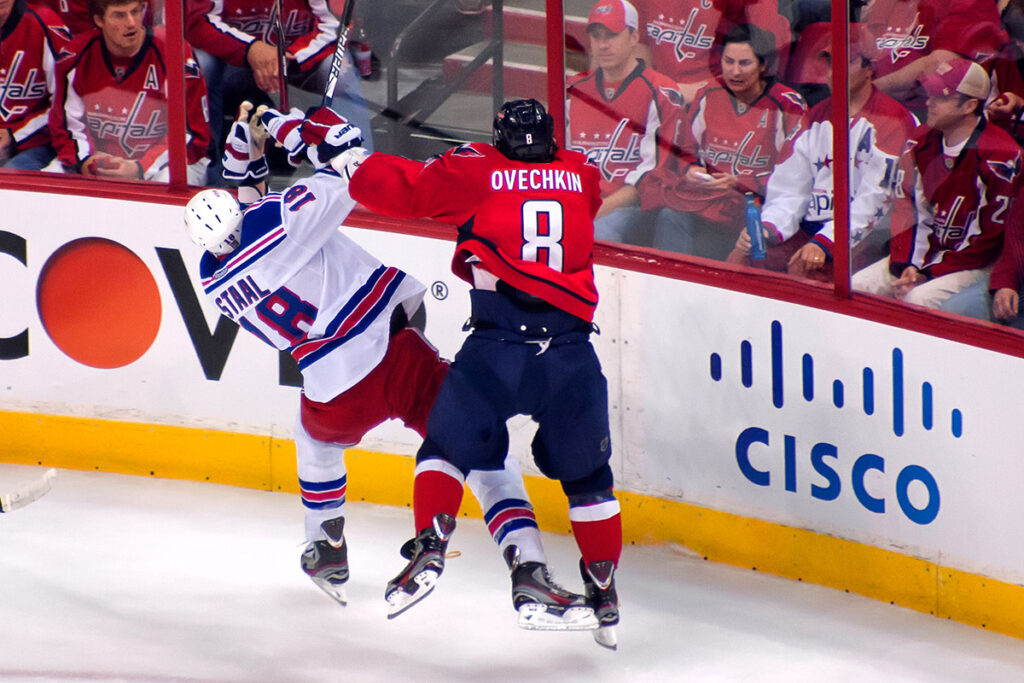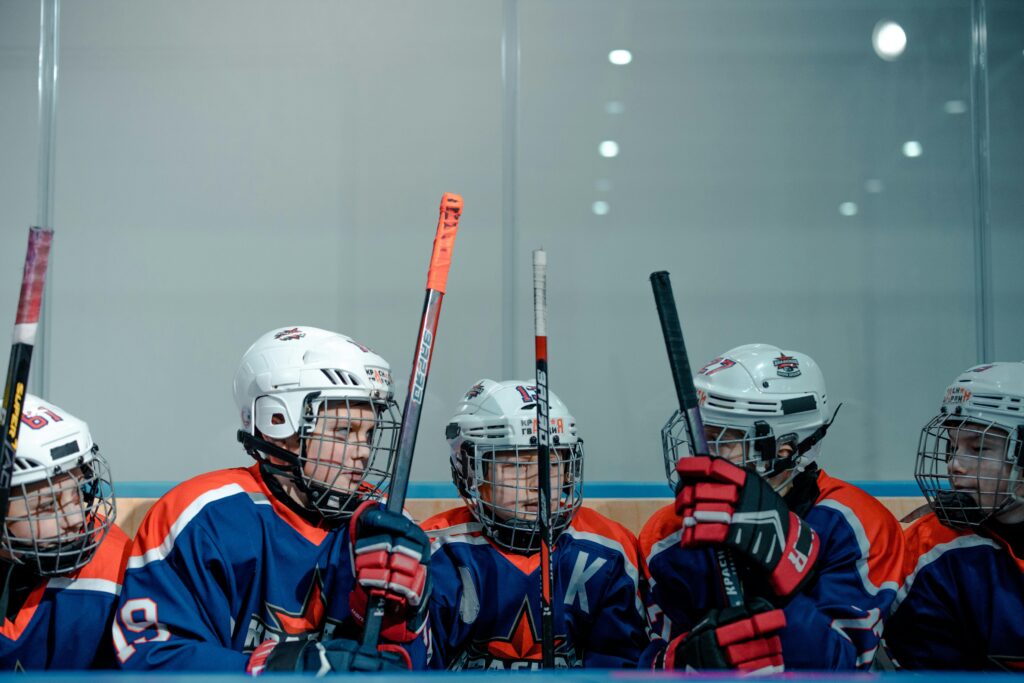One benefit of violence within sport, is the supposed draw that this often has on the audience. Greenwell and Yoo (2023) analyzed the relationship between physical aggression and a fan’s passion for the game among low and full contact sports. They ultimately found that hockey was the only sport for which preference of physical aggression was a significant predictor of passion for the game among fans. But society today is beginning to question the amount of physical aggression that happens within contact sports, putting hockey in an extremely odd position as violence within the sport does influence the fans’ passion for the game(Greenwell 2023). This debate over violence in sport is mainly occurring out of concern for players safety, something that is visibly occurring within the sport of professional football and concussions. While the physical consequences are evident research also shows that violence in sport can lead to behavioral consequences.

These consequences seem even more problematic when youth sports is considered; an extremely impressionable group. In her piece about hockey in Canada, Fowler (2023) states, “The institutional violence in men’s ice hockey offers young boys a vision and rite of passage towards manhood as hegemonic masculinity remains ‘revered’ and normalized through the media and through young boys aspiring to become hockey players”(Fowler 2023:26). Fowler claims that values of dominant masculinity are instilled among young hockey players because of the sport’s violent nature. Kerr et al. (2020) adds to this, showing that within hockey, sports related violence and threats of violence are normalized, approved, routine and in some cases rewarded (Kerr et al. 2020). Kirker (2000) demonstrates a similar finding when comparing aggression within the sports of hockey and basketball. Finding that not only is violence normalized within the sport of hockey, but it is necessary to player success (Kirker 2000).
Spaaij and Schaileé (2019) explain that “this normalization process can create a climate within which participants may perceive particular forms of unsanctioned aggression and violence as legitimate behaviors”(Spaaij and Schaileé 2019). Because aggression and violence is so common within sports it may lead athletes to seeing this as legitimate and acceptable behavior. Robinson (1998) expands on this, stating that sexism and sexual violence in hockey are a result of “men who, through a series of social and psychological experiences and rationalizations, have learned to lie to themselves about their behaviour until it becomes, in their view, normal”(Robinson 1998:38). Since they act violently and physically in hockey and it is accepted, players may rationalize this behavior and view it as normal. This idea is supported by the disproportionate number of athletes that are involved in assaults off the field. McCray (2014) investigated this further in a review of literature on the topic, among 10 judicial affairs offices of universities, 35 percent of the perpetrators of assault were student athletes when they only made up 3 percent of the general population (McCray 2014). Similarly, Macgregor (2018) states that a disproportionately high percentage of sexually violent crime has been attributed to athletes in power and performance sports, a category hockey players fall into (Macgregor 2018). The idea that athletes see acts of violence as legitimate behavior is not far-fetched; because of this, not only is violence in sports problematic because of concerns of player safety, but because it normalizes acts of violence among athletes and their fans.
